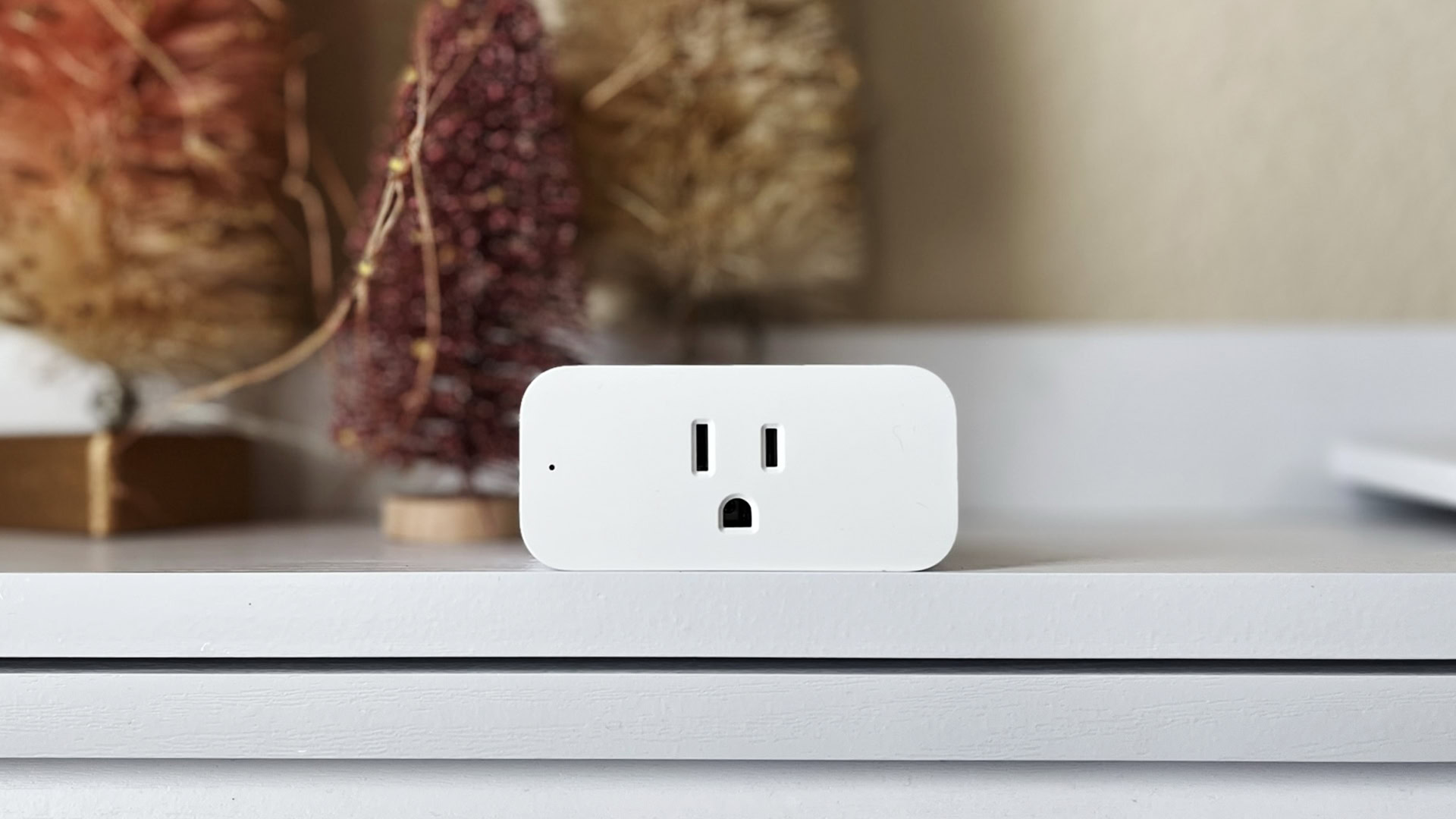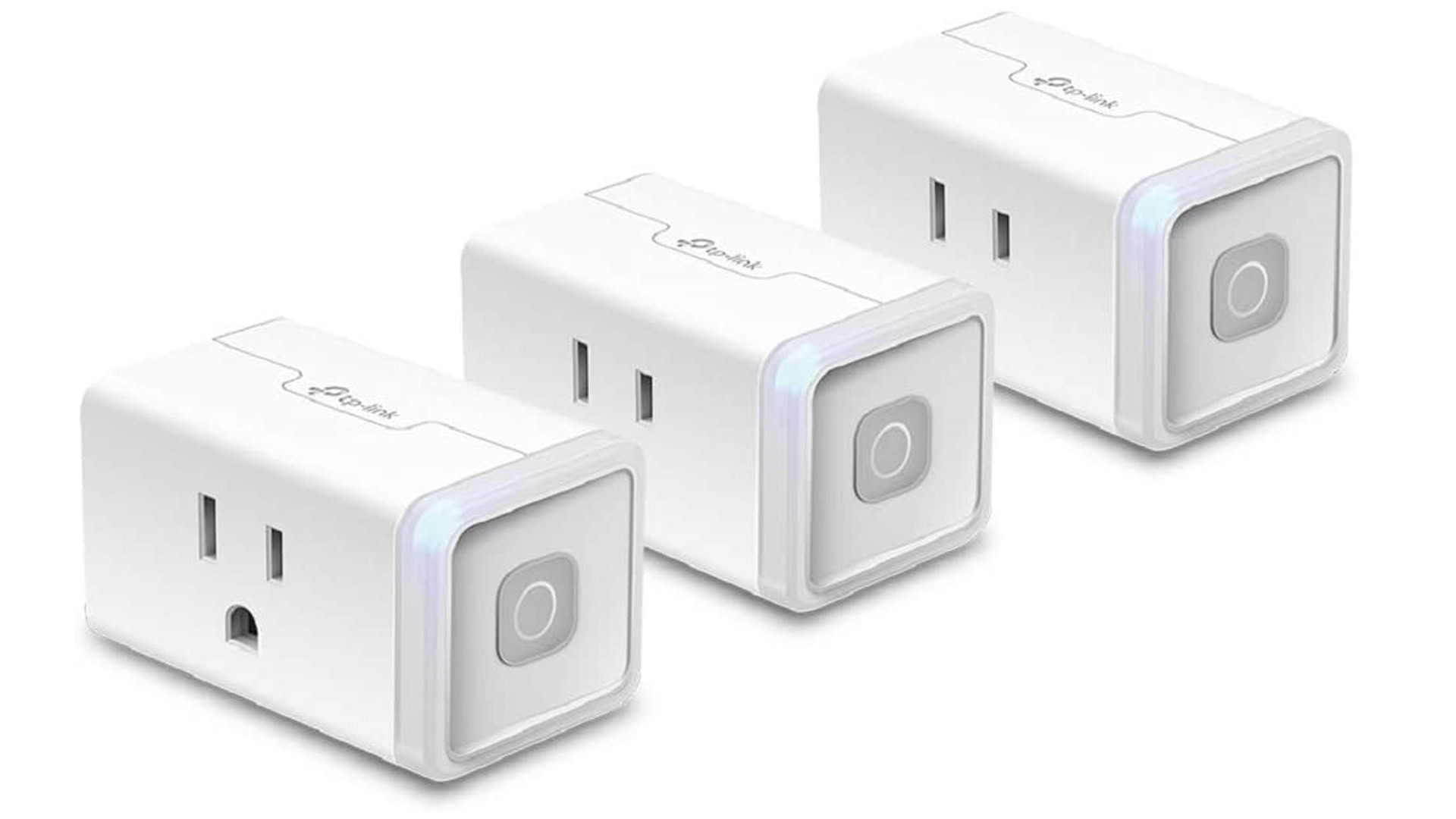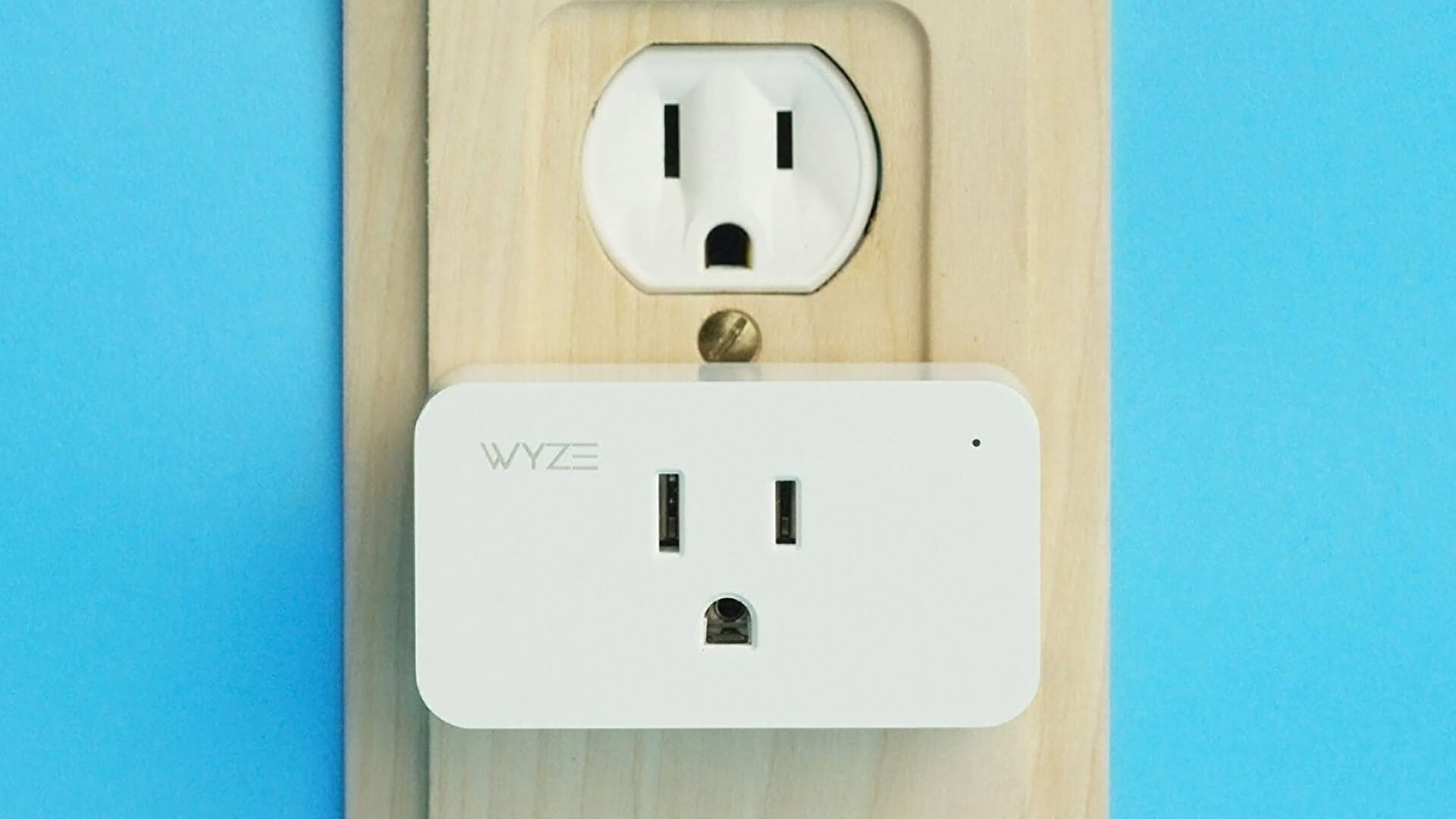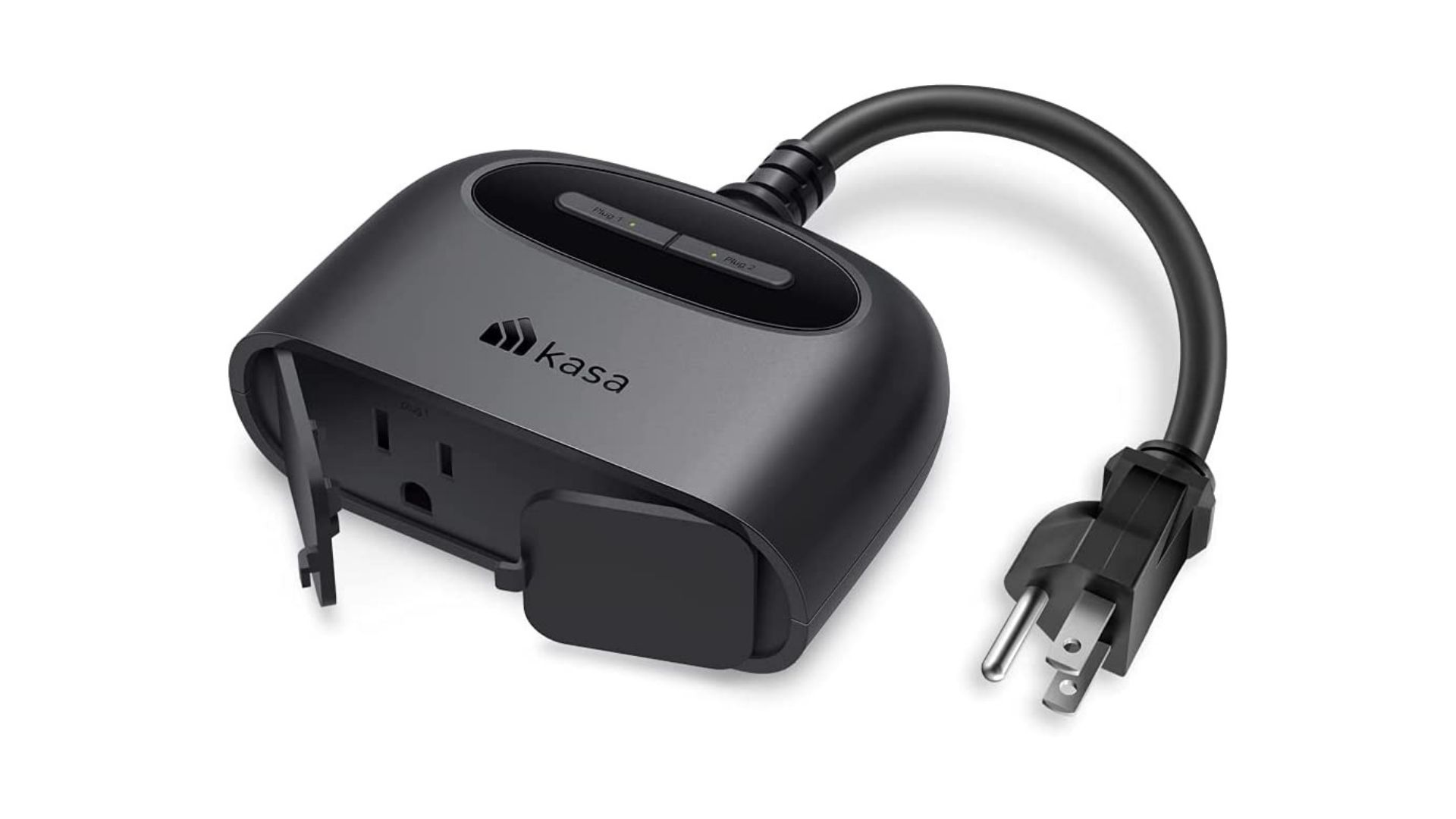Affiliate links on Android Authority may earn us a commission. Learn more.
What are smart plugs, and should you get one for your home?

One of the first smart home upgrades that people consider — and should be considering, really — is smart plugs. But if you’re new to the game, you probably have a bunch of questions about how they work, their benefits, and whether they make sense in your situation.
What are smart plugs, and how do they work?

In effect, smart plugs are the simplest possible smart home accessory. They plug into an existing AC outlet, and normally all they can do is turn something on and off. The main exceptions are specialized plugs for dimmable lights.
All smart plugs can be app-controlled, and most integrate with platforms like Amazon Alexa, Google Home, or Apple HomeKit. That enables voice commands via smart speakers and displays, and improves automation options, since you can join together any accessory or service a platform supports. A “good morning” routine, for instance, might turn on your bedroom and kitchen lights, fire up your coffee maker, and play the news or some soothing ambient music on your speakers.
An important catch here is that anything you connect to a smart plug has to offer a permanent “on” toggle, like a knob, switch, or locking analog button. Appliances with solid-state buttons typically won’t work. Note also that most smart plugs are built for standard wall outlets, not the higher-voltage ones used to connect ovens, washers, dryers, and EV chargers.
Anything you plug into a smart plug has to offer a permanent 'on' toggle.
Smart plugs typically communicate via your home Wi-Fi network. Some others use Zigbee or Z-Wave, which require a compatible hub, and older ones (best avoided) may be based on Bluetooth. The technically superior option is Thread, which is lightning fast, less dependent on hubs, and avoids burdening your Wi-Fi network. At the moment however there are very few Thread plugs, and support is mostly limited to HomeKit. That should change within the next year.
What are the benefits of using smart plugs, and should you get one?

The primary advantages are remote control and automation for appliances that wouldn’t ordinarily have them. While you can certainly buy lamps, fans, air purifiers, and so forth with smart functions built-in, they’re often expensive, and many people have an assortment of “dumb” appliances that could do the job just as well with a smart plug.
Remote control is handy if you forget to turn something off before leaving home, or realize something needs to be on when you’re away, like a fan to keep your pet cool. Automations meanwhile can not only remove the need for manual control, but save money by shutting things off when they’re unnecessary. Home security can be improved by illuminating your home at night and creating an illusion of occupancy.
Automations can improve the convenience, security, and power efficiency of a home.
Smart plugs should probably be your default smart home accessory if all you care about is something being on or off. Indeed they’re perfect for triggering fans and heaters, especially if you can link them to a temperature sensor like the one in the 4th gen Echo. With the right automations in place, you may never have to think about room comfort.
There are scenarios where other options are better, of course. If you want things controlled from your wall, it’s better to invest in smart switches. If you want color-changing lights, you’ll have to go with smart lamps or smart bulbs, neither of which should be connected to a smart plug or wall switch. Doubling up smart devices tends to create chaos in control and labeling.
How to choose the right smart plug for your home
The most basic consideration is physical compatibility. Plugs should match not just the voltage of your outlets but the space available to stick something in. Smart plugs tend to be bulky, and come in different shapes, some of which are more likely to fit your home than others. They can also come in the form of multi-outlet smart power strips, and weatherproof models built to survive moisture and extreme temperatures. The latter are great for balconies, backyards, or Halloween and Christmas decorations.
Next on the list is third-party platform support. While you can always control a plug with its native app, check for compatibility with Alexa, Google Home, or HomeKit, assuming you use one or more of the three. Matter will hopefully make this issue irrelevant in the near future, so if you find products equipped with the technology, prioritize them.
Smart plugs tend to be bulky, and come in different shapes, some of which are more likely to fit your home than others.
The ideal is a plug with Matter over Thread. Since neither standard is widely supported yet though, you’ll probably end up with a standard Wi-Fi model. Just be aware that Wi-Fi routers can only handle so many connections, and if too many devices are talking, a router will drop older connections to make way for new ones. You’ll want a router with Wi-Fi 6 or 6E if you’re serious about building a smart home, as those protocols can handle far more devices than Wi-Fi 5.
Your final filter should be branding. Amazon is chock full of plugs sold by obscure Chinese companies, many sharing the same parts and designs. Some of these can be both cheap and practical, but you’re taking a risk on quality control, and don’t assume good customer support. Skew towards better-known brands — a few examples being Amazon, Belkin, Eve, Govee, Kasa, Lutron, Wyze, Meross, and Philips Hue.
Read more: The best smart plugs you can buy
FAQs
To a degree, yes. They prevent appliances from drawing “phantom” loads, and intelligent use of automations can reduce overall usage. Some plug apps offer energy monitoring to identify bad habits.
Yes, since they need a base amount of power to sit in standby. This is usually extremely low though, no more than 1 to 2W in case of Wi-Fi, and even less with Thread, Zigbee, or Z-Wave.
